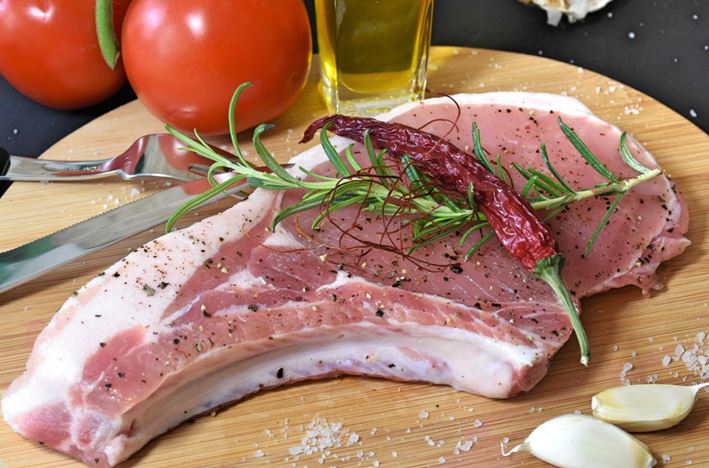The pandemic drove something of a renaissance in preparing meals at home, with upwards of 70 percent of people cooking most of their meals at home. This allowed some to indulge an existing hobby or finally double down on learning to cook. For others, though, it meant revisiting old challenges, like pork cooking mistakes.
As red meat goes, pork is less forgiving than beef in the kitchen. That may help explain why people eat more beef than pork. If you like pork and want to use it more often in your cooking, keep reading. We’ll cover six common pork mistakes and how to avoid them. But before that, we recommend you to check out the best Piggy Slot first.
1. Trimming the Fat
Several cuts of pork fall into the category of lean meats, including pork tenderloins, top loin chops, top loin roasts, and rib chops. Even so, you’ll often see some fat along the edges. The health-conscious, calorie-aware part of you may yearn to trim that fat off before you cook.
Resist that urge.
The fat will help you achieve a tastier and juicier end product. Trim the fat after you cook.
2. Too Thin
You see thin-cut pork chops in stores all the time. It’s ridiculously easy to overcook these with even a minute or two of inattention. Opt for thicker cut chops.
3. Getting the Wrong Cut
Let’s say you want to try out a recipe like lechon kalawi, a deep-fried Filipino dish, or pork belly in honey garlic sauce. You might find yourself tempted to substitute something like bacon for a skinless pork belly.
While bacon and pork bellies share some characteristics, bacon gets smoked and cured while pork bellies don’t. That can change the end results a lot.
4. Undercooking
You can undercook a steak and get away with it by saying it’s rare. Undercooking pork can make you sick.
Get a kitchen thermometer and make sure you cook things like pork loin and chops to 145 degrees Fahrenheit and ground pork up to 160 degrees.
5. Oil the Meat
If you’re pan cooking pork, you probably put oil in the pan. Try putting the oil on the meat. It helps the meat cook a little more evenly.
6. Cooking It Cold
You should let things like chops and loins warm up before you cook them. Otherwise, you’ll overcook the surface while you wait for the interior to get up to safe temperatures.
You don’t need to wait until they hit room temperature, but give them a solid half an hour or so on the counter after you pull them out of the fridge.
Avoiding Pork Cooking Mistakes
Almost everyone who cooks on a regular basis has at least one horror story about a pork cooking mistake. The good news is that you can avoid most of those mistakes with a bit of planning.
Look for the right cut of meat for your needs. Make sure you get thicker chops. Don’t cook your pork when it’s cold if you can avoid it.
Looking for more cooking tips to take your meals to the next level? Check out the posts over in our Cooking section.
